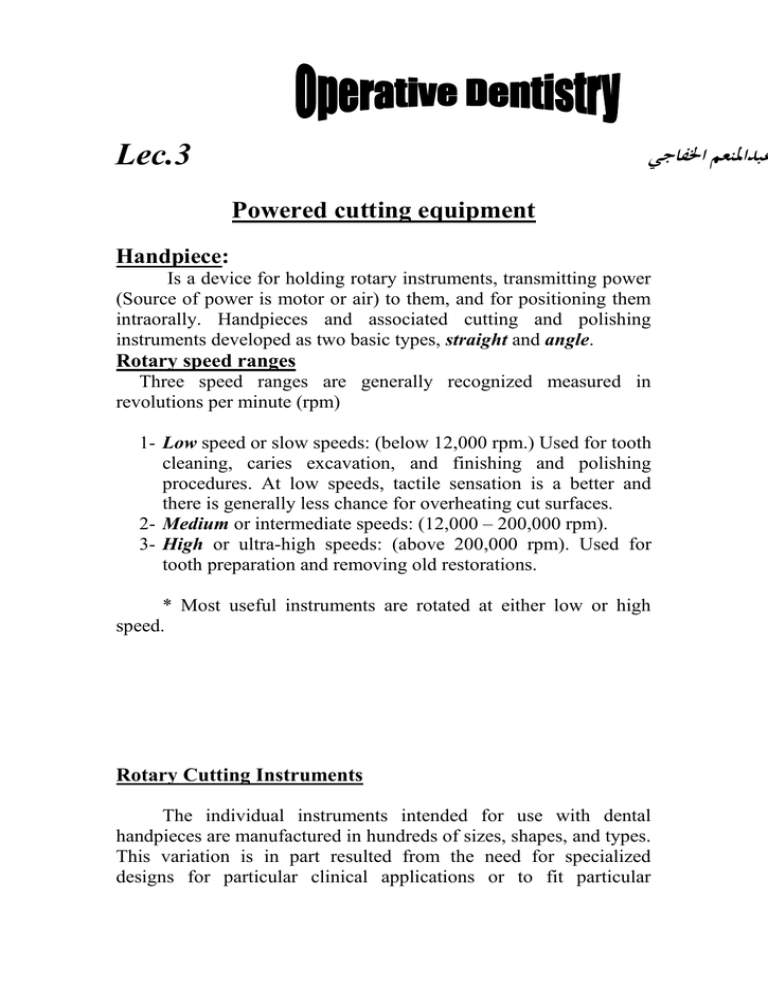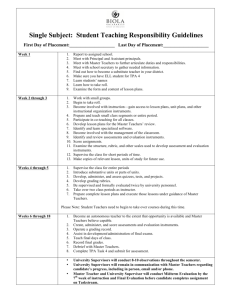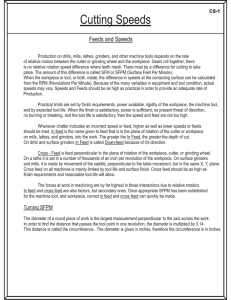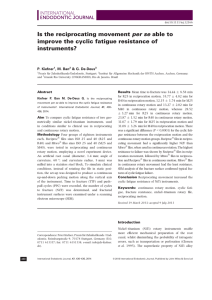Lec.3 .د فلخا معنلمادبع
advertisement

عبداملنعم اخلفاجي Lec.3 Powered cutting equipment Handpiece: Is a device for holding rotary instruments, transmitting power (Source of power is motor or air) to them, and for positioning them intraorally. Handpieces and associated cutting and polishing instruments developed as two basic types, straight and angle. Rotary speed ranges Three speed ranges are generally recognized measured in revolutions per minute (rpm) 1- Low speed or slow speeds: (below 12,000 rpm.) Used for tooth cleaning, caries excavation, and finishing and polishing procedures. At low speeds, tactile sensation is a better and there is generally less chance for overheating cut surfaces. 2- Medium or intermediate speeds: (12,000 – 200,000 rpm). 3- High or ultra-high speeds: (above 200,000 rpm). Used for tooth preparation and removing old restorations. * Most useful instruments are rotated at either low or high speed. Rotary Cutting Instruments The individual instruments intended for use with dental handpieces are manufactured in hundreds of sizes, shapes, and types. This variation is in part resulted from the need for specialized designs for particular clinical applications or to fit particular handpieces, but much of the variation also resulted from individual preferences on the part of dentists. In spite of the great variation that exists among rotary cutting instruments (Burs), they have certain design features in common. Each instrument consists of three parts: shank, neck, and head.







